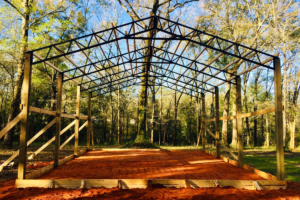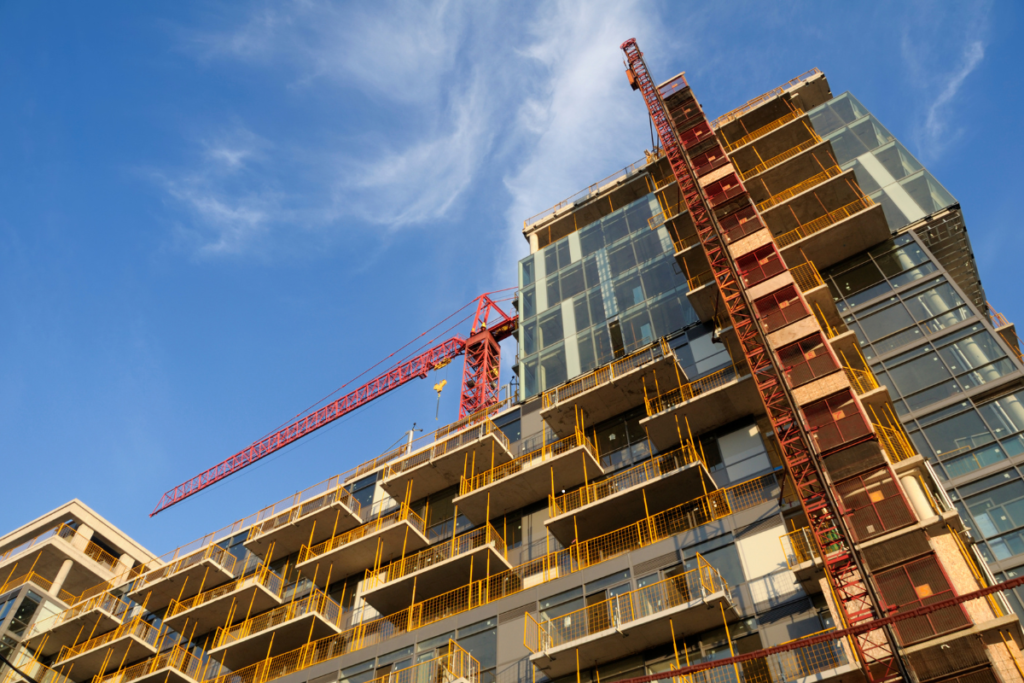 Introduction to pre-construction equipment furnishings cost estimation:
Introduction to pre-construction equipment furnishings cost estimation:
Effective pre-construction equipment furnishings cost estimation is critical in ensuring the success of any construction project. It allows contractors, architects, and project managers to allocate resources wisely and avoid unexpected expenses, delays, and inefficiencies. Without an accurate estimation, projects can suffer from cost overruns, delays, and potential conflicts between stakeholders. Understanding the cost elements involved in furnishing equipment before the actual construction phase helps mitigate these risks and ensures smoother project execution.
In this article, we’ll dive deep into the importance of pre-construction equipment furnishings cost estimation, how it works, the key factors affecting it, and strategies to ensure accurate and efficient budgeting.
What is Pre-Construction Equipment Furnishings Cost Estimation?
Pre-construction equipment furnishings cost estimation involves calculating the total cost of equipping a construction site or building with all necessary tools, machines, and furnishings before actual work begins. This includes heavy machinery, safety gear, office furniture, temporary facilities, and other essential items that help streamline the construction process.
Accurately estimating these costs is crucial because it impacts the overall project budget, timelines, and operational efficiency. An inaccurate estimate can lead to financial strain or project delays due to insufficient resources.
Why Pre-Construction Equipment Furnishings Cost Estimation Matters
- Financial Accuracy: Having a well-detailed cost estimation allows for better financial planning. Without a clear idea of what the pre-construction furnishings will cost, you risk going over budget or underfunding certain aspects, leading to future financial strain.
- Resource Allocation: Knowing the equipment costs upfront helps in distributing financial resources appropriately. It ensures there’s enough budget allocated for all necessary furnishings.
- Reduced Delays: Unplanned costs, such as having to rent or purchase additional equipment during the construction phase, can cause delays. Properly estimating costs early ensures everything is in place when construction begins, allowing for a smoother process.
- Improved Stakeholder Trust: With transparent cost estimates, stakeholders like investors and clients can better trust the project’s planning and execution. A reliable estimation shows professionalism and commitment to meeting deadlines and budgets.
Key Factors Influencing Pre-Construction Equipment Furnishings Cost Estimation
Several factors impact the accuracy of pre-construction equipment furnishings cost estimation. A clear understanding of these variables can help in making more precise projections.
1. Project Scope
The size and scope of the project significantly affect the costs involved in furnishing equipment. Larger projects typically require more sophisticated machinery and larger quantities of materials, increasing the overall expenditure.
2. Equipment Type and Quality
The type and quality of equipment needed will directly influence the cost. High-end, advanced technology equipment will have a higher price point compared to basic, low-tech options. Additionally, whether the equipment is purchased or rented will also affect the estimation.
3. Geographic Location
Where the project is located can have a big influence on costs. In urban areas or regions with higher costs of living, equipment, transportation, and labor may be more expensive. Additionally, factors such as local regulations or import taxes on equipment can further impact the cost estimation.
4. Market Conditions
The current economic and market conditions will also affect the overall cost of furnishings. Inflation, demand for certain types of equipment, and supply chain disruptions can raise prices unexpectedly, making accurate estimation more difficult.
5. Duration of Use
If equipment is only required for a short period, renting may be more cost-effective than purchasing. However, for long-term projects, owning the equipment might be a better investment. Estimators need to assess how long the project will take and how often the equipment will be used to make informed decisions.
6. Logistics and Transportation Costs
The cost of transporting equipment to the construction site is often overlooked, but it can be a significant part of the total furnishing cost. Projects in remote areas may require higher transportation costs compared to those located near suppliers or equipment rental centers.
7. Technological Advancements
Incorporating the latest technology in construction equipment can increase initial costs but may save money in the long run by improving efficiency, reducing labor, and speeding up construction processes. Estimators need to weigh the pros and cons of investing in advanced machinery.
Steps to Improve Pre-Construction Equipment Furnishings Cost Estimation
To make the estimation process more accurate and effective, several best practices can be followed:
1. Comprehensive Planning
Work closely with architects, engineers, and project managers during the initial planning phase. Understand the full scope of the project and what types of equipment will be required for each task. A well-coordinated team ensures nothing is overlooked.
2. Use Estimating Software
Estimating software, specifically designed for construction projects, allows for more accurate forecasting. It takes into account historical data, market conditions, and location-based variables to help provide a more precise cost estimate.
3. Account for Contingencies
Unexpected costs can arise even with a thorough estimation. Including a contingency fund, typically around 5-10% of the total estimate, will provide a cushion for unforeseen expenses without significantly affecting the project budget.
4. Regularly Review and Update Estimates
Costs can change over time due to market fluctuations, changes in project scope, or other variables. Regularly review and update the cost estimates as the project progresses to ensure the budget remains accurate.
5. Consult Industry Experts
Bringing in consultants or equipment suppliers with industry expertise can provide valuable insight into cost-saving strategies and help prevent unnecessary expenditures. Their input can be particularly useful when dealing with complex or large-scale projects.
The success of any construction project starts with a solid foundation, and pre-construction equipment furnishings cost estimation is a vital component of that foundation. By carefully considering project scope, equipment types, market conditions, and potential logistical challenges, project managers and estimators can create accurate and efficient budgets. Mastering this process not only prevents costly delays and financial overruns but also ensures a smooth construction process from start to finish.
With the right tools and strategies, construction professionals can take control of their project finances and lead their teams toward successful project completions, on time and within budget.
Are you looking for the best estimating services in USA?
Look no further than “https://zionestimating.com”
They are offering top-notch services like;
- Construction/cost estimation
- Budget planning
- Material takeoff
- Equipment estimation
and further more!!!
Here are some more information for your convenience:
Phone no. : +1 718-427-9941 || +1 562-383-6177
Email:[email protected]
Visit their blogs and site
https://zionestimating.com for the latest updates and service tips!
